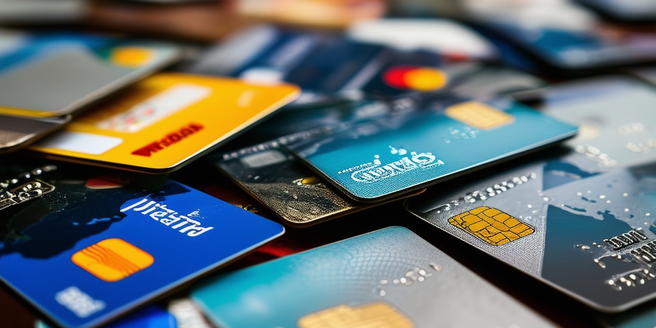Understanding the Basics of Credit Card Fraud
Credit card fraud has long been a pervasive issue, significantly impacting individuals and financial institutions. In simple terms, it involves the unauthorized use of your credit card details for personal gain, a form of theft involving the manipulation of your financial identity.
This fraud can take numerous forms but primarily falls into two categories: card-present and card-not-present fraud. Card-present fraud involves scenarios such as card cloning where the physical card is required for the fraudulent transaction. Alternatively, card-not-present fraud occurs when fraudsters execute unauthorized transactions using just the card information, and doesn’t require the physical card. With the rise of digital platforms for financial transactions, this latter form of fraud is rapidly increasing, particularly given the growth of online shopping and digital payments. Such trends underscore the importance of vigilance towards potential security threats as technology continues to advance.
Common Methods Used by Fraudsters
Card fraud is a significant issue, usually committed by wrongdoers who utilize a range of deceptive tactics to accomplish their illegal objectives and continue to impact victims globally. These tactics include skimming, which is a stealthy operation where a covert device is used to steal private card information during seemingly regular transactions. Another popular method is phishing, which targets unsuspecting individuals and manipulates them into sharing their card’s confidential data via counterfeit emails imitating official bank or financial institution communications. Carding forms a crucial part of these strategies and involves using stolen card details to make unauthorized purchases, typically online. E-skimming, a more recent tactic that has emerged with online shopping, involves live theft of card details from online retailers. These multifaceted and evolving criminal strategies underscore the need for consistent vigilance and updated security measures to counter card fraud.
Effective Strategies to Protect Your Credit Card Information
Implementing practical strategies is key to thwarting credit card fraud, such as keeping card details secret, even from friends and family. Regular monitoring of account activity helps to identify unusual transactions which should be reported immediately. In our digital world, secure network connections whilst making online transactions, and avoiding public Wi-Fi, are crucial. Being vigilant of phishing scams, fraudulent attempts to swipe your card information, is another protective measure. Additionally, using strong, complex passwords, which you regularly switch up, can mitigate fraud risk. In essence, employing these straightforward strategies can bolster your defenses against credit card fraud. Stay informed, be cautious, and liaise with your bank or card provider if worried.
Steps to Take When Your Credit Card Information is Compromised
If your card information is compromised, immediately contact your bank or credit card provider to freeze your account and prevent further unauthorized transactions. Also, update your online banking passwords for enhanced security, as a complex password adds an extra layer of protection.
Meanwhile, alert your local law enforcement about the incident for guidance and assistance in tracing the culprits. Report the issue also to your national fraud reporting body where they possess the tools and expertise to manage such incidents, assisting you with next steps and fraud prevention more effectively.
Finally, regularly monitor your credit reports to ensure there have been no further unauthorized activities – an essential practice for maintaining financial safety. The solution lies in quick, proactive, and careful actions to ensure your financial security.
Guide to Regularly Monitoring Your Credit Card Activity
Closely examining your credit card activity is essential for early detection of fraudulent transactions. By checking your transaction log at least weekly, you take a crucial step towards a secure financial profile, allowing faster identification of any unusual charges. Setting up real-time alerts for your spending assists in managing your credit card usage by providing immediate transaction notices, enabling instant detection of unauthorized card use. Thoroughly comparing your receipts with your credit card statements not only reconciles your spending but also alerts you to potential fraud. Similarly, be vigilant about even the smallest transactions, as they can be a fraudster “testing the waters” to see if small activities go undetected before making larger charges, making each transaction deserving of attention.


